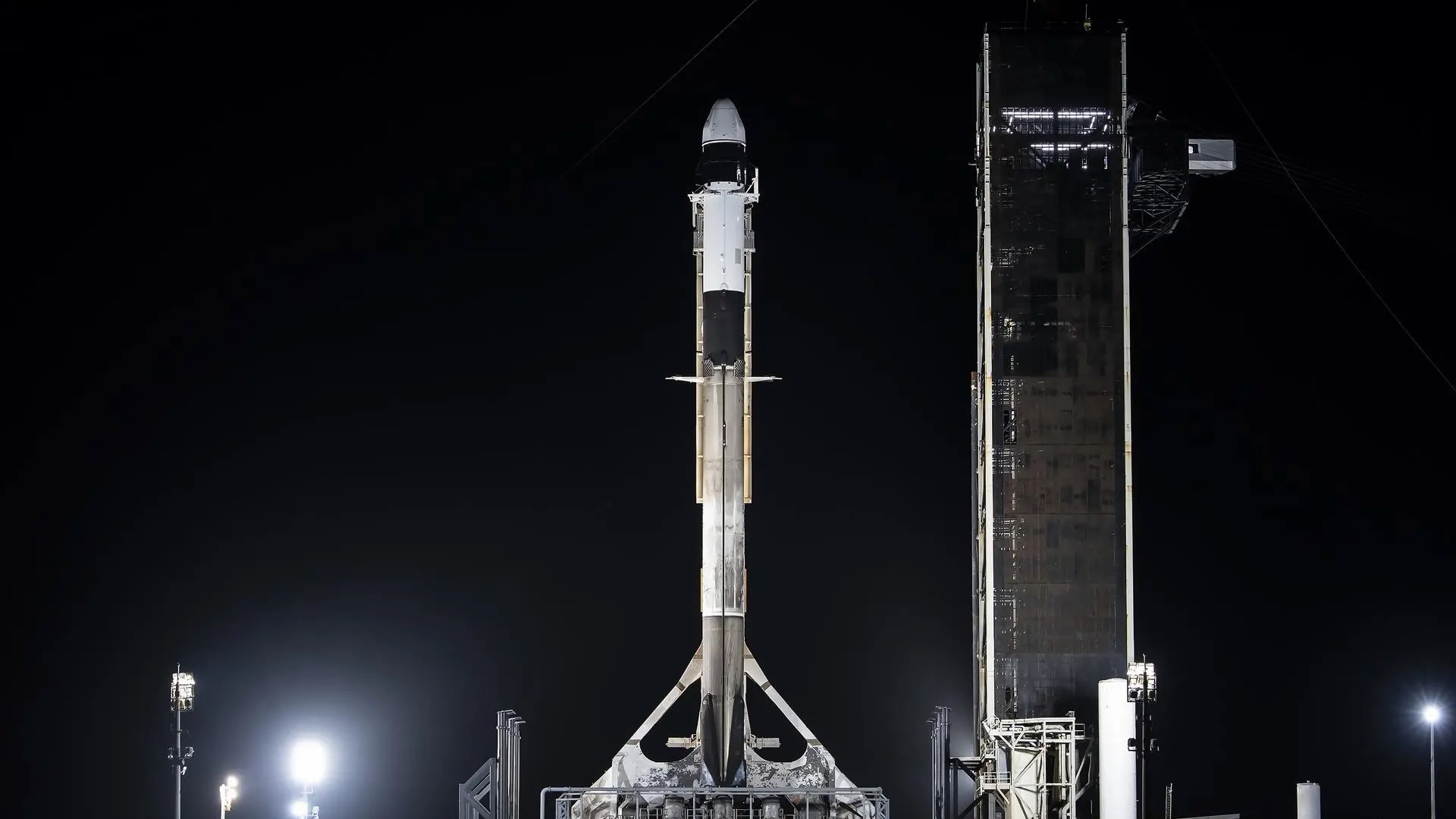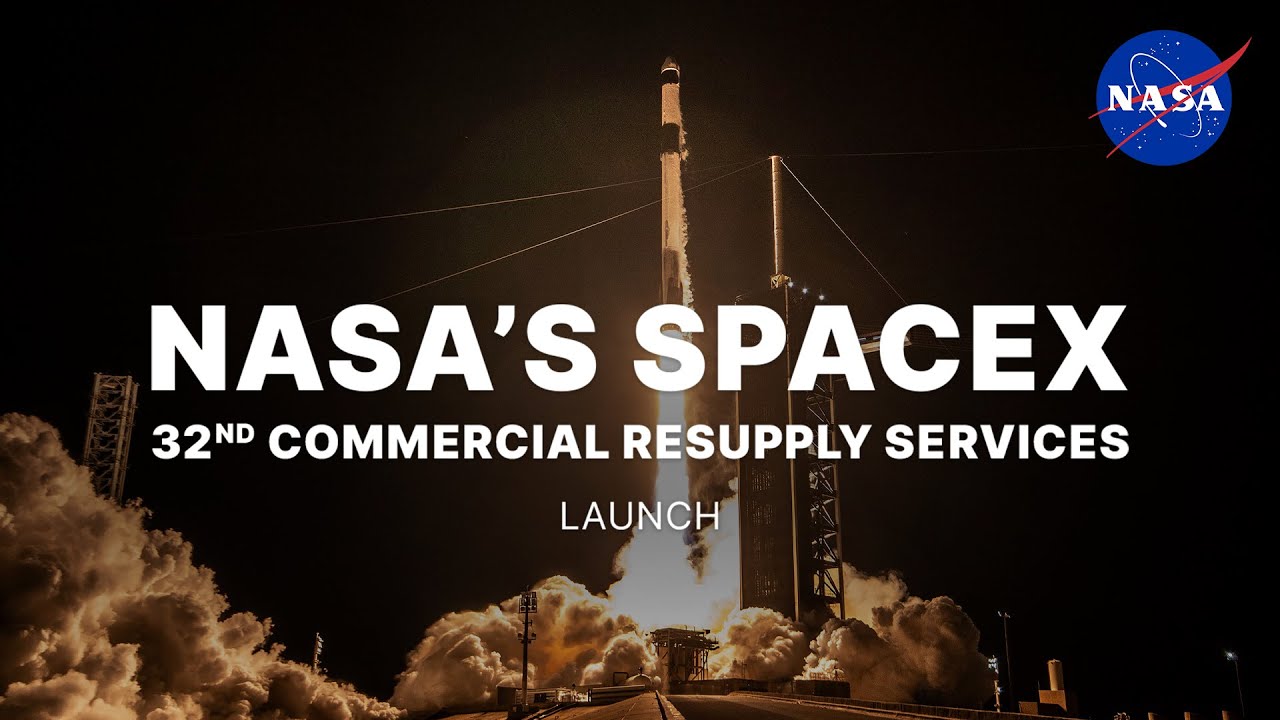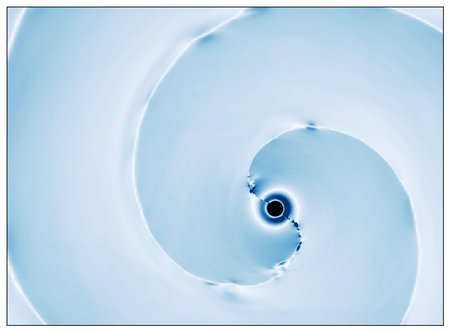
SpaceX will launch its next robotic resupply mission to the International Space Station (ISS) early Monday morning (April 21), and you can watch the action live.
A Falcon 9 rocket topped with an uncrewed Dragon cargo capsule is scheduled to lift off on Monday at 4:15 a.m. EDT (0815 GMT) from the historic Pad 39A at NASA’s Kennedy Space Center in Florida.
You can watch the launch live here at Space.com, courtesy of NASA, or directly via the agency. Coverage will begin at 3:55 a.m. EDT (0755 GMT).

The launch will kick off the CRS-32 cargo mission, so named because it will be the 32nd flight SpaceX performs under a commercial resupply services contract with NASA.
Dragon is loaded with about 6,700 pounds (3,040 kilograms) of cargo on this run, according to NASA.
“Along with food and essential equipment for the crew, Dragon is delivering a variety of experiments, including a demonstration of refined maneuvers for free-floating robots,” NASA officials wrote in a CRS-32 mission description.
“Dragon also carries an enhanced air quality monitoring system that could protect crew members on exploration missions to the moon and Mars, and two atomic clocks to examine fundamental physics concepts, such as relativity, and test worldwide synchronization of precision timepieces,” they added.
Dragon will come back to Earth sometime next month, splashing down in the Pacific Ocean off the coast of California with a load of scientific experiments and other gear.
Dragon is the only currently operational robotic resupply craft that can make such return trips. The others — Northrop Grumman’s Cygnus craft and Russia’s Progress vehicle — are designed to burn up in Earth’s atmosphere at the end of their missions.



